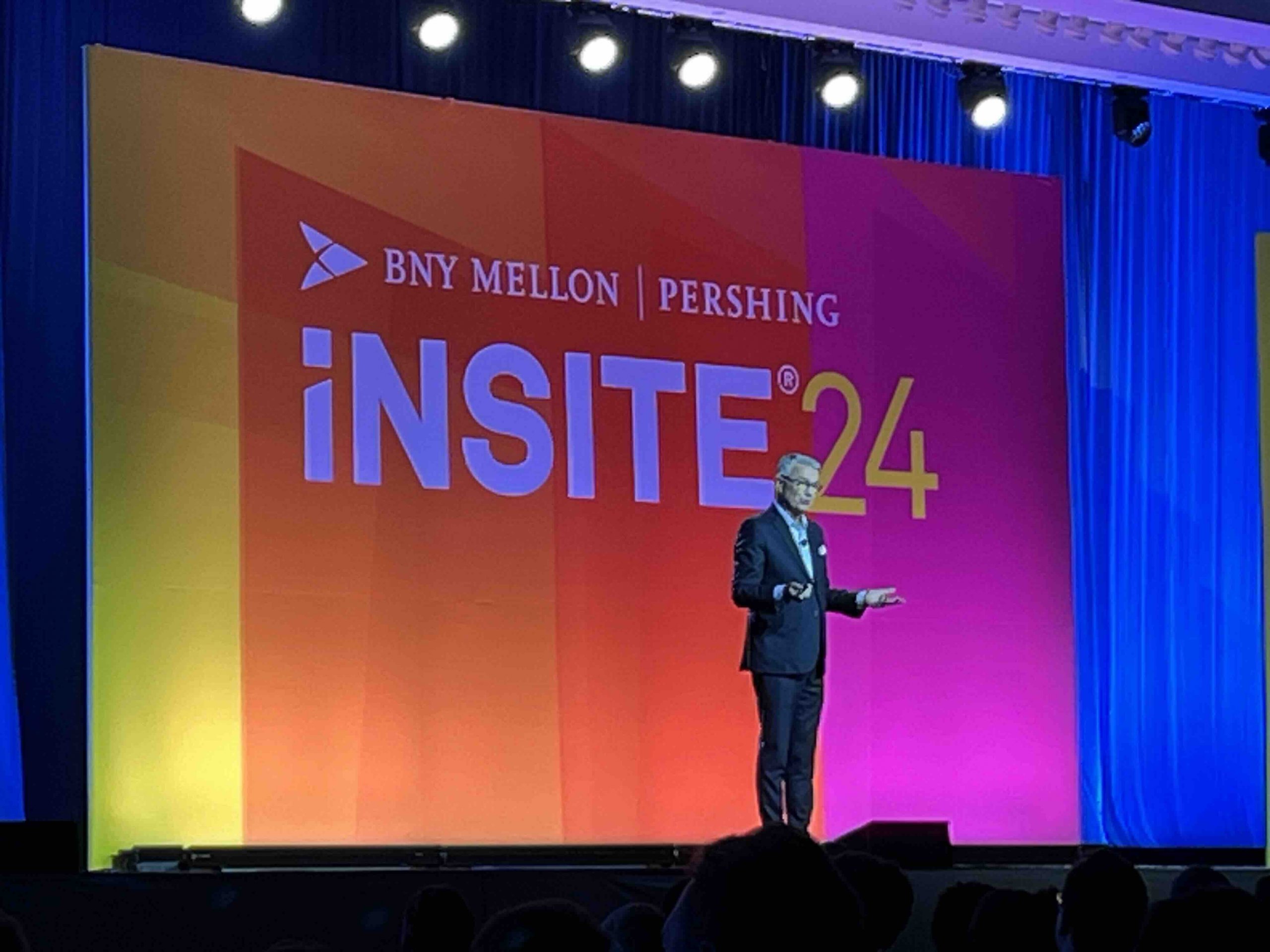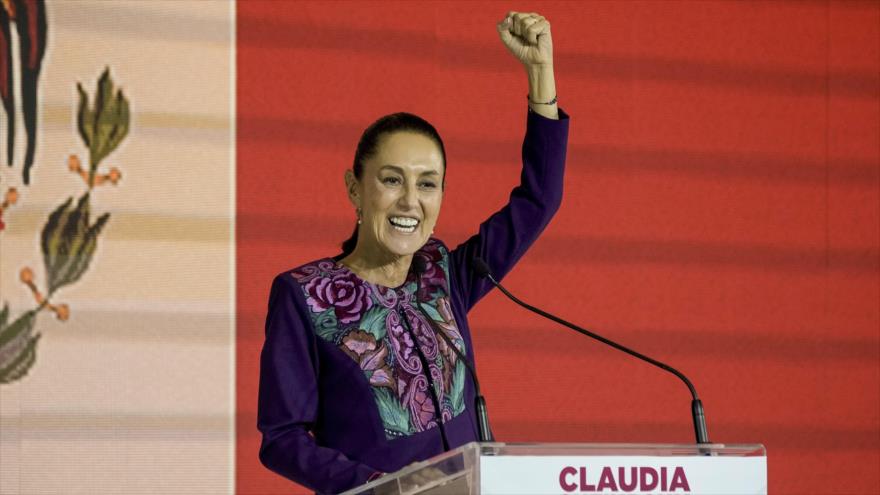Peru: The New Key Player in the Lithium Triangle
| By Javiera Donoso | 0 Comentarios

When talking about lithium, attention often goes to countries like Australia, Chile, Argentina, or China. However, a recent discovery brings prominence to Peru in this market, making it one of the main key players, according to an analysis by ActivTrades.
According to analyst Ion Jauregui, the discovery of an extensive lithium deposit by American Lithium Corp in 2018 at the Falchani project, in the Puno region, near the so-called Lithium Triangle (drawn between Chile, Argentina, and Bolivia) has “significant” implications for Peru.
“The findings from November 2023 revealed that lithium resources are four times greater than initially estimated, an increase of 476% since 2019. Falchani is now among the world’s leading large-scale hard rock lithium projects and also includes uranium deposits discovered by Macusani Yellowcake, a subsidiary of Canadian Plateau Energy,” explains the analyst.
The development of this project requires an investment of nearly $800 million and has garnered international attention, representing a “transformative milestone for the Peruvian economy,” comments Jauregui.
The discovery, first observed near the border with Bolivia, 150 kilometers from Lake Titicaca, promises economic benefits for the Andean country, such as job creation in mining and infrastructure development. This, according to ActivTrade, can stimulate economic growth and diversification.
“The government could obtain significant revenues from mining royalties and taxes, which would improve public services and infrastructure,” writes Jauregui, adding that companies like Tesla could secure agreements to guarantee a steady supply of lithium for battery production.
Additionally, the uranium found could be vital for local energy production.
“On the international front, Peru will enhance its economic relations and strengthen ties with other lithium-rich Latin American countries, leading to strategic collaborations and reinforcing the region’s influence in the lithium market,” notes the analyst.
Political Factors
However, amid the enthusiasm, ActivTrades calls for consideration of the political variables at play.
While they expect that global demand for electric vehicles and renewable energy storage will drive the lithium market, which is set to grow in the long term, investors must be aware of the country and region’s developments.
“Investors should be aware of risks such as political instability and regulatory changes in Peru and South America,” warns Jauregui.
Additionally, in a context of global competition for resources—especially between heavyweights China and the United States—there is an additional layer of complexity to the matter.









